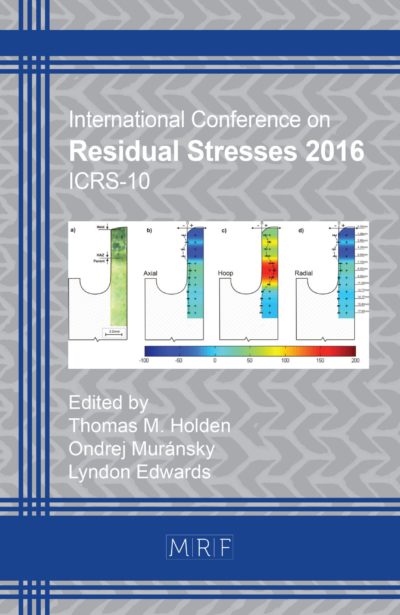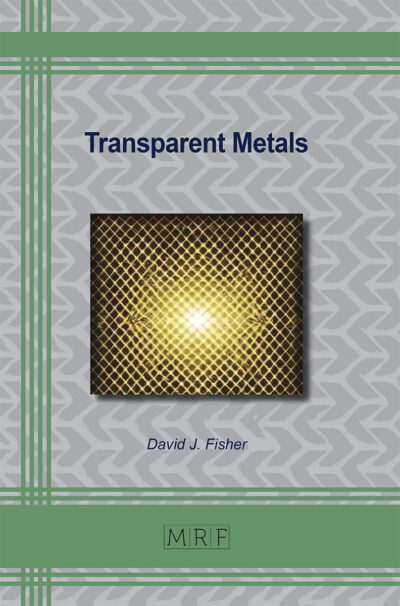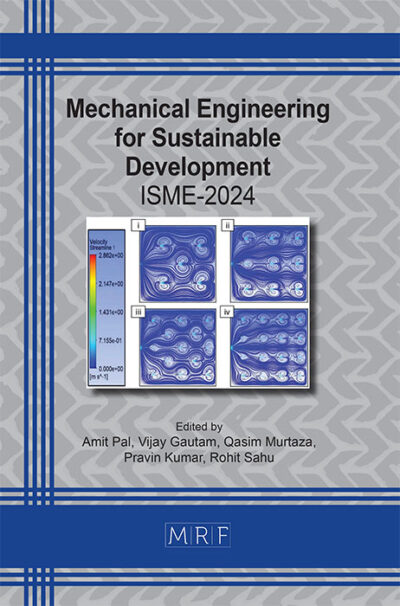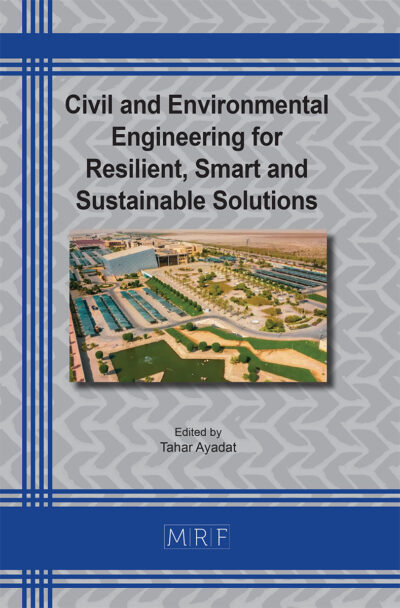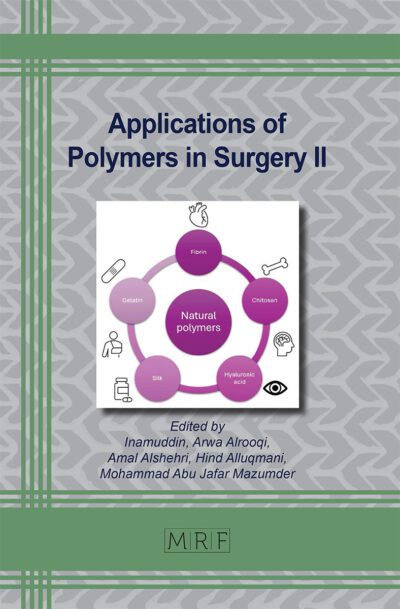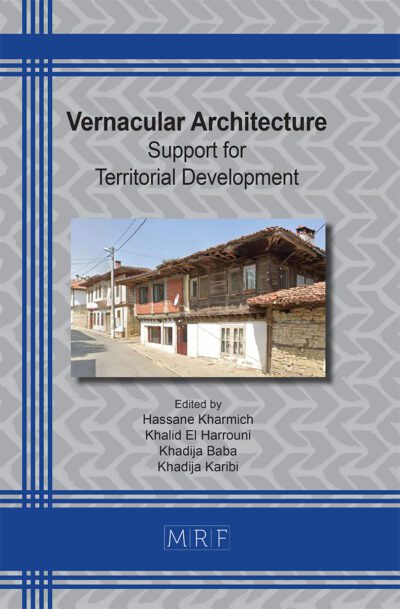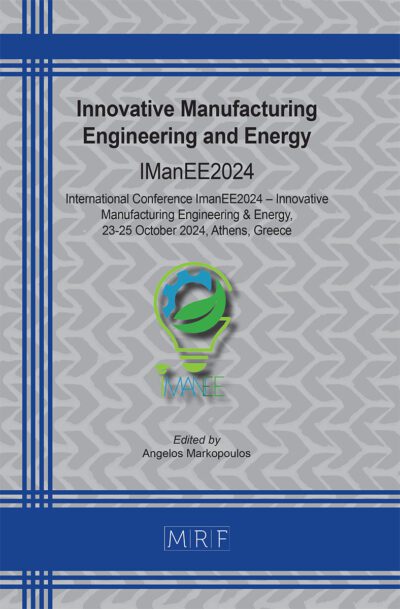A study case: Seismic evaluation of existing six-story office building with flat plate structural system
Jonathan ANDREW, Liana HERLINA, Sugeng WIJANTO, Usman WIJAYA
Abstract. Indonesia is one of the countries with a relatively high frequency of earthquakes, which can impact buildings and infrastructure. With the ongoing updates to regulatory codes, there will be an elevation in the level of safety factors in building design. Concurrently, there will be an increased prevalence of incorporating seismic hazards into the design of new buildings. Apart from that, earthquake loads can cause the performance of flat-plate structures to decrease until they collapse. Therefore, in this research, a case study of the existing office building with a flat plate structural system built in 1998 will undergo a seismic evaluation based on ASCE 41-17 to determine whether the building’s performance is still safe. The office building was evaluated at the Collapse Prevention performance level for the BSE-2E seismic hazard (975-year period) according to ASCE 41-17. The evaluation occurred in three stages: tier 1, tier 2, and tier 3. The pushover analysis demonstrates the use of linear and nonlinear static procedures in structural analysis. The evaluation indicated that the current office building could meet the specified performance level; however, several beam and column structural components still required fixing.
Keywords
Seismic Evaluation, ASCE 41-17, Performance Levels, Flat Plate, Pushover
Published online 2/25/2025, 8 pages
Copyright © 2025 by the author(s)
Published under license by Materials Research Forum LLC., Millersville PA, USA
Citation: Jonathan ANDREW, Liana HERLINA, Sugeng WIJANTO, Usman WIJAYA, A study case: Seismic evaluation of existing six-story office building with flat plate structural system, Materials Research Proceedings, Vol. 48, pp 135-142, 2025
DOI: https://doi.org/10.21741/9781644903414-16
The article was published as article 16 of the book Civil and Environmental Engineering for Resilient, Smart and Sustainable Solutions
![]() Content from this work may be used under the terms of the Creative Commons Attribution 3.0 license. Any further distribution of this work must maintain attribution to the author(s) and the title of the work, journal citation and DOI.
Content from this work may be used under the terms of the Creative Commons Attribution 3.0 license. Any further distribution of this work must maintain attribution to the author(s) and the title of the work, journal citation and DOI.
References
[1] ASCE 41-17, Seismic Evaluation and Retrofit of Existing Buildings, Reston, Virginia, American Society of Civil Engineers (2017).
[2] ACI 421.1R-08, Guide to Shear Reinforcement for Slabs, Farmington Hills, American Concrete Institute (2008).
[3] Example Application Guide for ASCE/SEI 41-13 Seismic Evaluation and Retrofit of Existing Buildings with Additional Commentary for ASCE/SEI 41-17, Redwood City, California, Applied Technology Council (2018).
[4] Ministry of Public Works and Housing, Indonesian Respons Spectrum Design (2021). https://rsa.ciptakarya.pu.go.id/2021/.
[5] Appendix Peak Acceleration Map and Response Spectrum for Probability, Bandung, National Earthquake Study Centre (2021).
[6] Indonesian National Standards 1726:2019, Resilience Planning Procedures: Earthquake for Building and Non-Building Structures, Jakarta, National Standardization Agency (2019).
[7] Indonesian National Standards 2847:2019, Structural Concrete Requirements for Buildings, Jakarta, National Standardization Agency (2019).
[8] Pangestu, S.F. & Pratama, M. M. A. Evaluation of The Performance of Multi-story Building Structures using a Performance-Based Design Approach (Case study: 7-Story Reinforced Concrete Frame Education Building), Journal of Research and Studies in Civil Engineering 10 (02) 91-100, (2021).
[9] Sulthan, F., Gumilang, A.A., Rusli, M & Seki M., Seismic Evaluation of Existing Building Structure Using United States (ASCE 41-17) and Japanese (JBDPA) Standard: Case Study Office Building in Indonesia, Web of Conference 429 (2023). https://doi.org/10.1051/e3sconf/202342905001
[10] Wijanto, S., Rastandi, J.I., Modelling of Floor Plate Buildings Without Beam for Lateral Load Analysis, HAKI Seminar: World of Indonesian Construction Post 1998 (1998).


